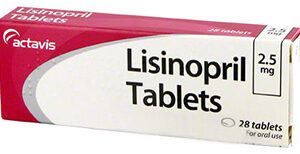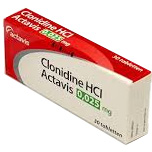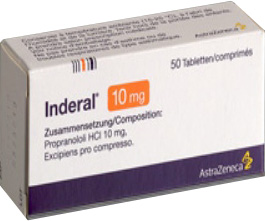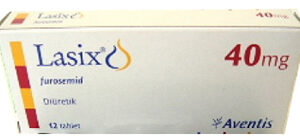Lasix Overview
Lasix, with the active ingredient furosemide, is a potent diuretic often prescribed to reduce fluid retention (edema) caused by heart failure, liver disease, kidney disease, or other medical conditions. Furosemide operates by blocking the absorption of salt and fluid in the kidney tubules, causing a significant increase in urine output (diuresis).
Action Mechanism
Furosemide belongs to a class of medications called loop diuretics. It interrupts the salt absorption in the loop of Henle within the kidneys. This action prevents the kidney from concentrating urine, thus promoting loss of water, sodium, chloride, magnesium, and calcium in urine, easing the burden on the cardiovascular system.
Indications
Lasix is indicated for treating edema associated with congestive heart failure, cirrhosis of the liver, and renal disease. It’s also beneficial in managing hypertension, either as sole therapy or in combination with other antihypertensive agents.
Administration Guidance
The dosing of Lasix varies significantly and should be tailored to the individual’s needs. The usual starting dose for edema in adults is 20-80 mg as a single dose, which may be adjusted based on patient response. For hypertension, the initial dose is usually 80 mg per day, typically divided into 40 mg twice a day. Lasix may be administered orally or intravenously, depending on clinical indications and patient requirements.
Contraindications
Lasix is contraindicated in patients who are anuric, who have hypersensitivity to furosemide or sulphonamides, or who have pre-existing hyponatremia, hypokalemia, or hypovolemia with or without hypotension. The medication should not be used as a primary treatment for acute glomerulonephritis and during lactation.
Safety Precautions
Caution is advised when using Lasix. It is imperative to monitor fluid balance, electrolytes, and renal function to prevent dehydration, electrolyte imbalances, and potential renal impairment. It should be used with caution in patients with diabetes, gout, or hepatic disease.
Adverse Reactions
Adverse effects may include dehydration, electrolyte imbalance (hypokalemia, hyponatremia, hypochloremia), metabolic alkalosis, hypotension, ototoxicity (hearing damage), and in rare cases, systemic hypersensitivity reactions. Gastrointestinal disturbances such as nausea and vomiting are also common.
Drug Interactions
Lasix can interact with various medications, affecting their efficacy or predisposing patients to adverse effects. These include aminoglycoside antibiotics, antihypertensive agents, corticosteroids, digitalis glycosides, and nonsteroidal anti-inflammatory drugs (NSAIDs). It’s essential to review all medications the patient is taking to prevent interactions.
Population Specifics
Altered dosages or increased monitoring may be necessary for specific populations. In pregnancy, Lasix should only be used if clearly needed due to the potential risks to the fetus. In pediatric and geriatric patients, dosing needs careful adjustment and monitoring for renal function and fluid and electrolyte balance.
Overdosage Scenarios
Overdose of Lasix can lead to excessive diuresis with water and electrolyte depletion. Management of overdose should consist of supportive measures aimed at correcting dehydration, electrolyte imbalances, and hypotension through the administration of fluids and electrolytes. Hemodialysis does not accelerate furosemide elimination.
Pharmacological Insights
Upon administration, furosemide is rapidly absorbed from the gastrointestinal tract. It has a bioavailability of 50-70%, with the onset of diuresis occurring within an hour of oral ingestion. The peak effect occurs within one to two hours, and its diuretic effect lasts for about 6-8 hours.
Toxicology Data
Nonclinical toxicology studies in animals have shown furosemide to be associated with ototoxicity when given in high doses over prolonged periods or when combined with other ototoxic drugs. Chronic use may also entail the risk of nephrotoxicity in high doses.
Evidence-Based Efficacy
Clinical studies have demonstrated the efficacy of Lasix in reducing edema and lowering blood pressure. The degree of diuresis depends on multiple factors including patient condition and concomitant therapies. Demonstration of efficacy is reliant upon objective measures such as reduction in edema or blood pressure readings.
Packaging and Storage
Lasix is supplied in tablets for oral use, injectable solutions, and liquid forms. It should be stored in a dry place, away from light and moisture, at room temperature. Injectable forms should be protected from freezing and light and used immediately once the container is open.
Counseling Information
Patients should be counseled on the importance of taking Lasix as prescribed, including the potential for significant diuresis which may lead to complications if not appropriately monitored. They should also be reminded of the need for regular medical check-ups to monitor their condition and the potential for dose adjustments based on their response to the treatment.






Reviews
There are no reviews yet.